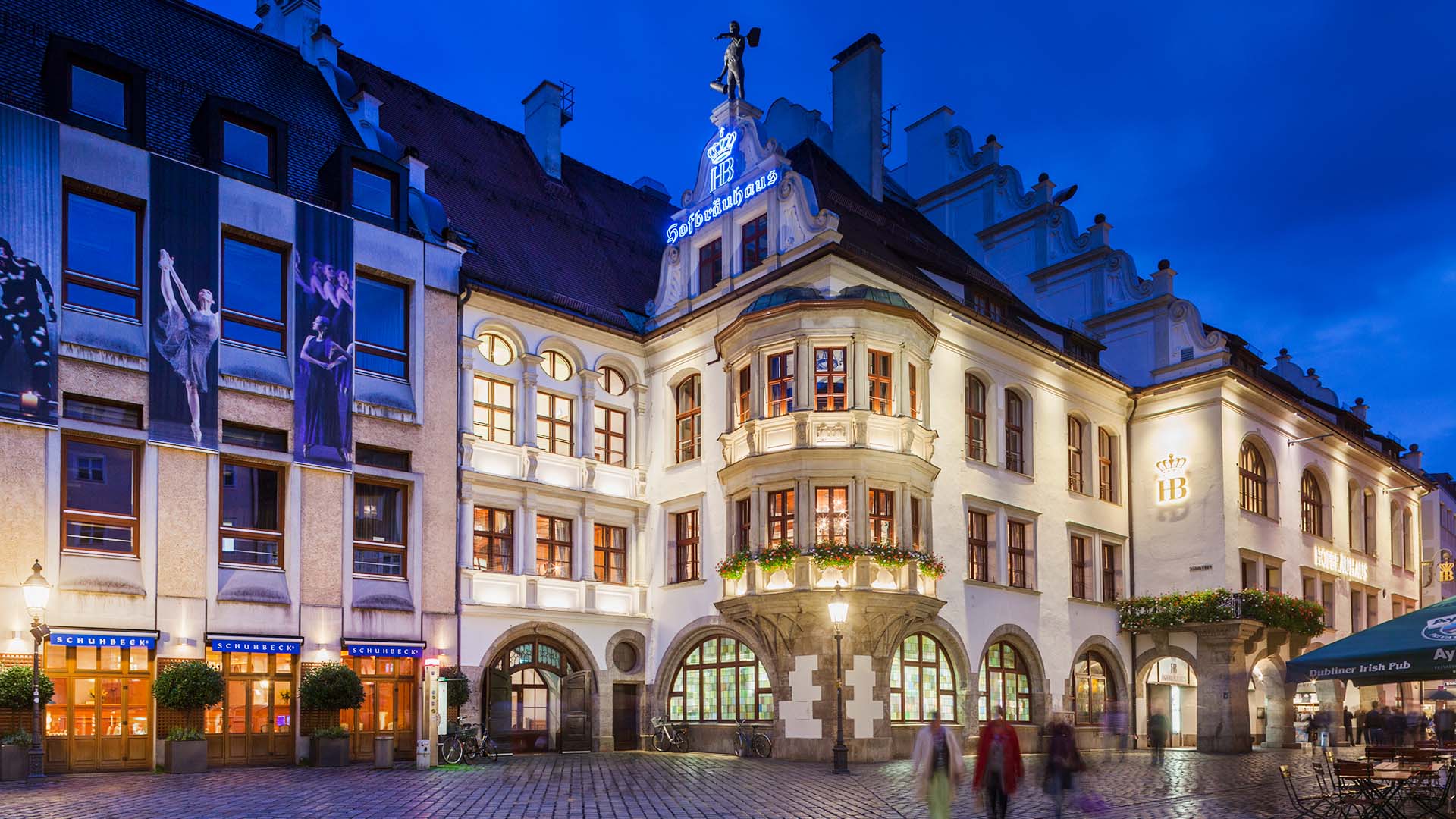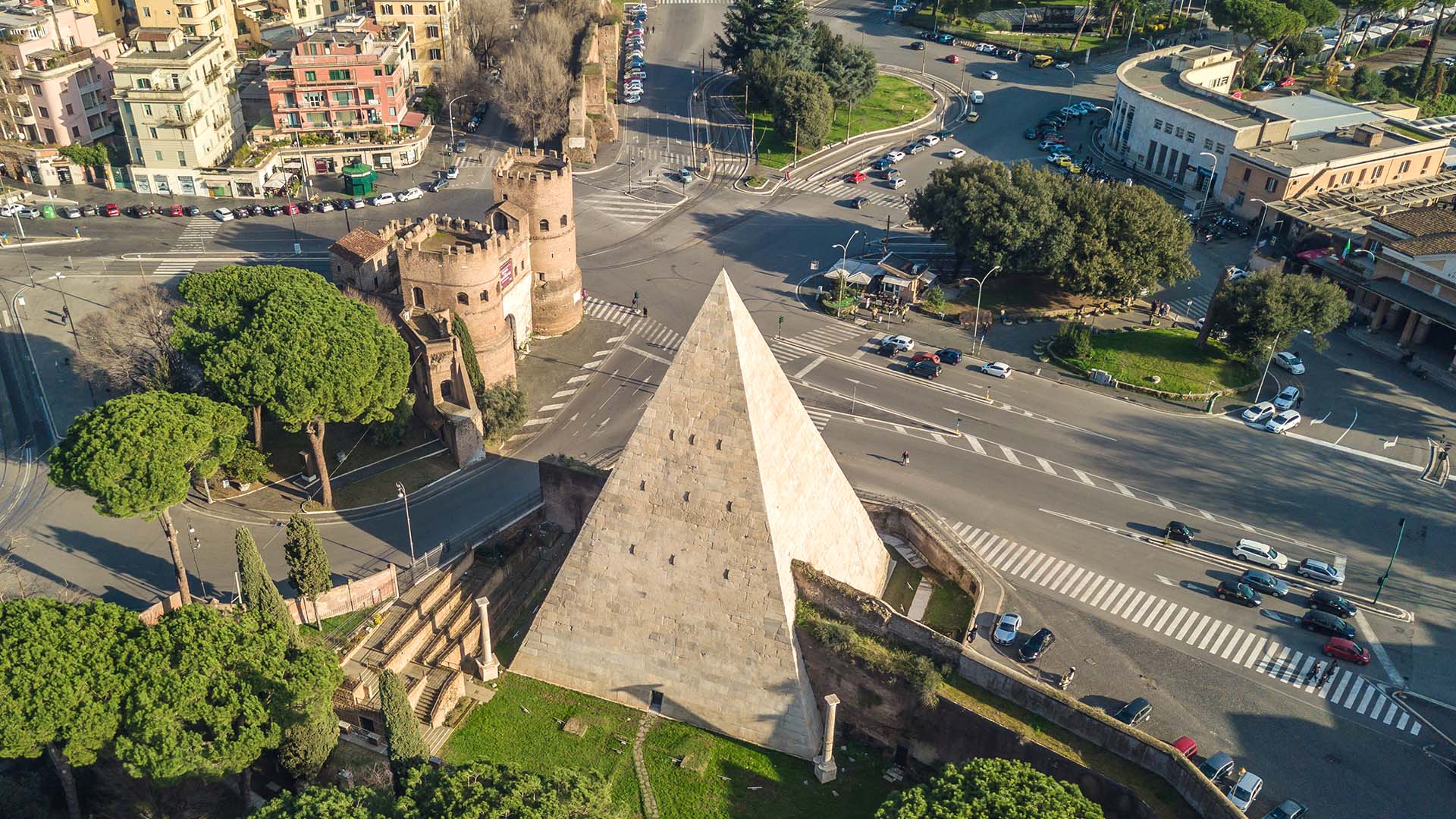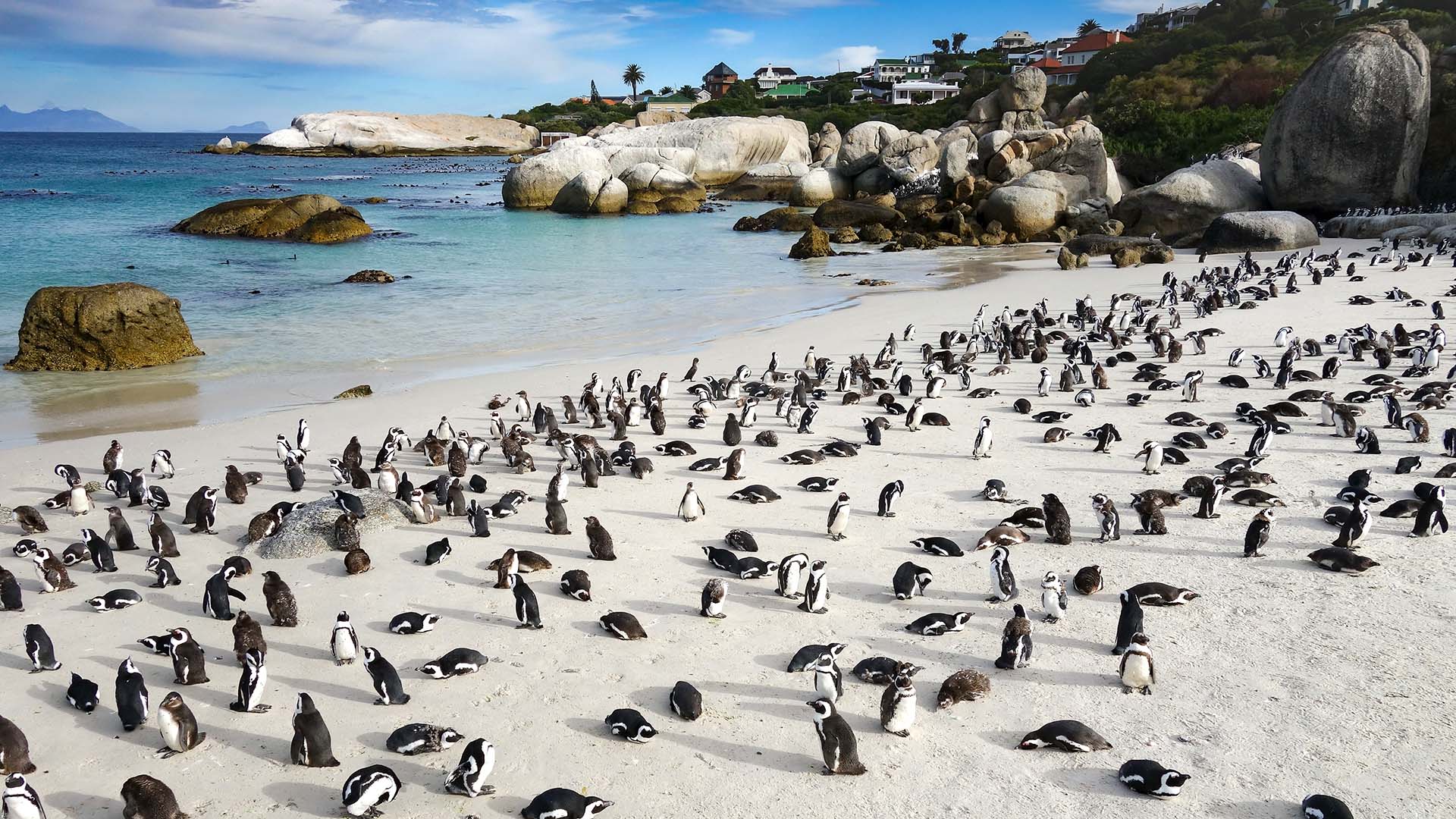
Seek out Germany’s other beer celebrations. (Photo: Getty Images)
Tips + TrendsAlready Seen the Must-Do’s? Try These Sights Next: 6 Cities That Are Worth a Second Look.
By Florence BestEvery major city has its iconic sights, but sometimes it can be even more rewarding to stray off the beaten path and make your own discoveries.
From swimming with African penguins to traveling back in time in a candlelit theater, here are some of our favorite alternative experiences in some of the world’s great cities.
As always, check for travel restrictions and closures before planning your trip.
Munich
As we all know, Bavarians aren’t just good at football and making luxurious cars, they also know a thing or two about beer. For more than 200 years they’ve been celebrating this specialty with the legendary Oktoberfest, where local beers are served by the liter in a giant glass mug called a Maß (Mass).
If you can’t make it to this crazy three-week party in September, don’t worry. The city also celebrates all things beer in April and May during its annual Springfest (Frühlingsfest), a two-week bonanza of brews.
Oft-called “Oktoberfest’s Little Sister,” Springfest features two sprawling beer tents and attracts more German locals and fewer tourists than Oktoberfest. Come for the beer but stay for the wiener schnitzel, käsespätzle (similar to mac and cheese), brats and giant pretzels.
If you’re unable to visit in spring or fall, pop by the 400-year-old Hofbräuhaus, owned by the local brewery of the same name, which promises good times all year round. This massive beer hall is as atmospheric as it is cozy, with vaulted frescoed ceilings and convivial wooden benches.
Rome
All roads lead to Rome, they say, and most travelers who get here tend to end up at the Colosseum, the largest ancient amphitheater ever built.
Even today this giant edifice, which once held up to 70,000 spectators and currently stands at 157 feet, never fails to astound.
But there’s really no shortage of alternative antiquities to discover, including a pyramid that’s still intact.

A pyramid? Ma certo! In the final decades of the B.C. era, the Romans went mad for obelisks that they looted from newly colonized Egypt.
A local politician named Caius Cestius decided to go one better: When he died, he was going to be buried in a pyramid. Perhaps aware that his offspring might have lesser ambitions, he made it a condition of his will that they build his monument within 330 days of his demise, or they would inherit nihil (nothing).
Clad in white Carrara marble and wedged into a third-century defensive city wall, the Pyramid of Cestius is still here, and ready for your selfies.
Dubai
You really can’t visit Dubai without checking out the Burj Khalifa. At more than 2,716 feet, it’s the world’s tallest building and a sci-fi vision of modernity that dwarves all other developments in Downtown Dubai.
If you’re seeking further vertigo thrills in this city of superlatives, you’ll find them at the world’s deepest diving pool, Deep Dive Dubai.
Holding enough water to fill six Olympic swimming pools, this 107-foot-deep attraction features a “ruined sunken city” with “abandoned apartments” to explore. Instructors ensure every skill level is welcome, including those who’d rather just snorkel and observe the human fish far below.
Just remember: If you plan on diving, avoid going to high altitudes (including the Burj) after going deep; schedule your visit to the skyscraper before taking the plunge.
Paris
Paris boasts the world’s largest flea market in the suburb of St. Ouen. This sprawling village of tiny lanes and covered markets is a paradise of curiosities, and if you’re looking for a cool 1970s chandelier for your apartment, you’ll definitely find it here, but it likely won’t come cheap.

Parisian bargain hunters head instead to the flea market near the Porte de Montreuil, further east. A bit more rough and ready, there’s no shortage of bric-a-brac and plenty of treasures and bargains for the determined forager here.
If you’re interested in secondhand clothes, army uniforms, old records, graphic novels, random tools or cheap and quirky furniture, this is the place to come.
London
London is famous for its theaters, but none can really compare to Shakespeare’s Globe, a faithful timber and thatch reconstruction of the original Globe theater built in 1599, where the world-famous playwright’s works were first performed.
The Sam Wanamaker Playhouse next door is the Globe’s less-showy but possibly more-fascinating little sister. Based on a 17th-century architect’s plans, its intimate, wooden interior is exclusively lit with candles, in the authentic manner of a real Jacobean stage.
Watching a period melodrama in this shadowy setting within touching distance of the actors is an intensely atmospheric experience you’ll remember for life.
Cape Town
The Table Mountain National Park in which Cape Town is situated can only be described as a real-world Eden: a world heritage site whose stunning landscapes are home to some of the richest flora and fauna in the world.
One of the most popular ways to admire this immense wild garden is by taking the cable car up Table Mountain itself.

But Cape Town has many other natural wonders within striking distance, such as South Africa’s annual sardine run, which occurs between May and July.
This seasonal curiosity marks the time when billions of sardines spawn and move along the east coast of South Africa attracting tens of thousands of ocean predators and birds, creating a true feeding frenzy along the coastline. The masses of sardines can measure up to 7 kilometers (18 miles) long and 30 meters (nearly 100 feet) deep.
Also worth a visit is Boulders Beach — the only place in the world where you can swim with African Penguins. These adorable yet endangered birds first set up a colony here in 1983 when a pioneering penguin couple set up camp among the giant granite boulders.
The beach is now home to an estimated 2,000 to 3,000 birds and is run by a conservation trust that charges an entrance fee and limits numbers, so the only crowds you’re likely to meet are your newfound feathered friends. Should you opt to swim, follow the trust’s guidelines and do so responsibly.







